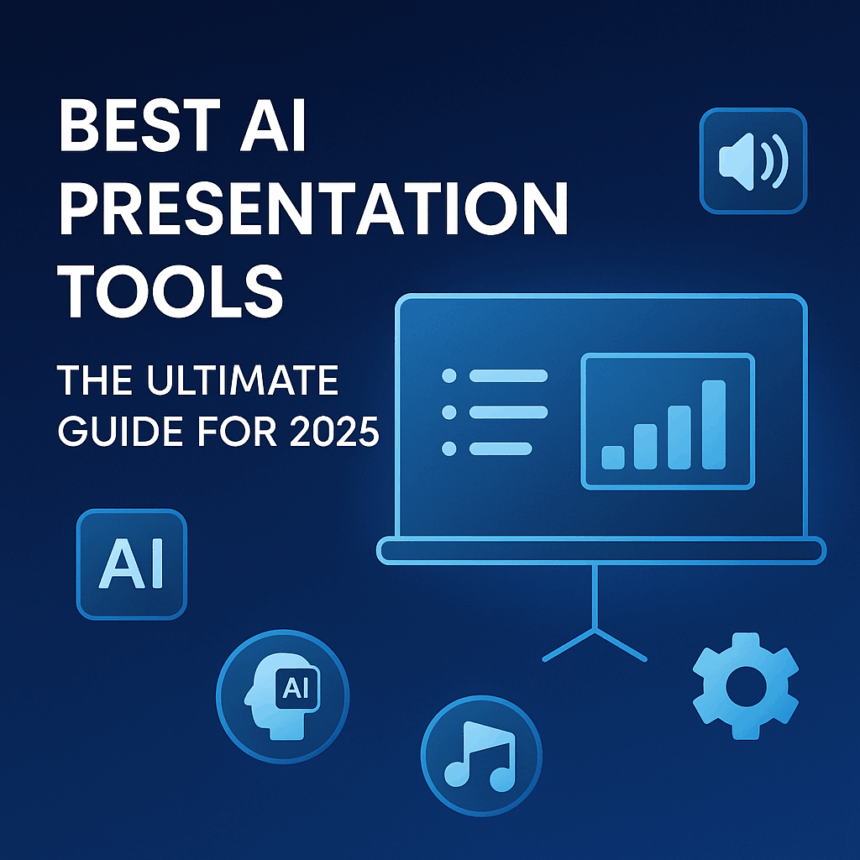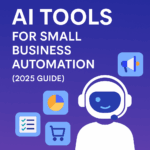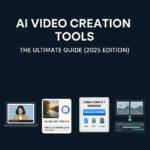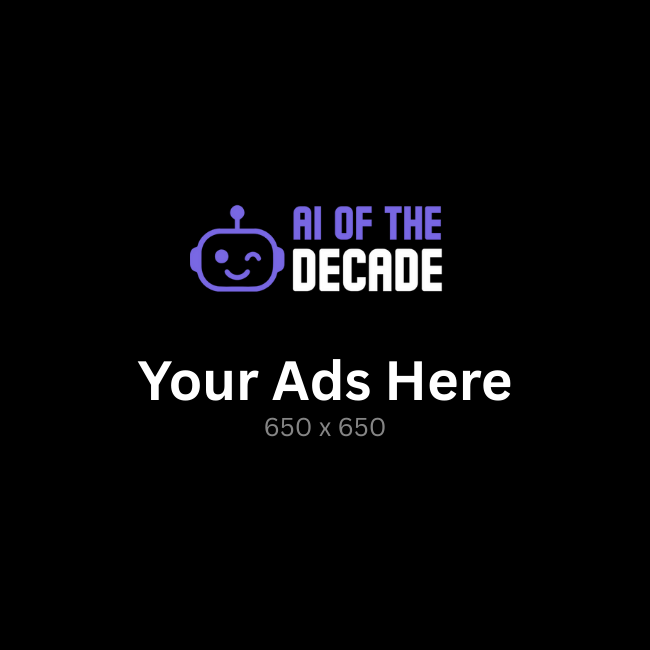Why AI is Transforming Presentations
In today’s fast-paced digital era, businesses, educators, and entrepreneurs are under constant pressure to communicate complex ideas in a clear, engaging, and visually appealing way. Whether it’s pitching to investors, teaching in classrooms, delivering a keynote speech, or even presenting quarterly performance reports, the quality of presentations often determines success or failure.`
But here’s the challenge: creating presentations that are not only informative but also visually appealing is time-consuming. Traditional methods involve hours of tinkering with slide layouts, selecting colour schemes, finding icons, adjusting fonts, and adding animations. This is where AI presentation tools step in as game changers.
AI has revolutionised everything from content writing and video editing to design and marketing—and now, it’s reshaping the way we build presentations. With AI-powered tools, you can:
- Generate full slide decks instantly from just a prompt or outline.
- Design with professional-grade visuals without needing design expertise.
- Enhance engagement with AI-backed storytelling suggestions, animations, and voiceovers.
- Save hours of manual effort and focus more on delivery and storytelling.
In fact, Gartner predicts that by 2026, 70% of business presentations will be created using AI tools rather than traditional software. That means if you’re still relying only on PowerPoint or Google Slides, you’re already falling behind.
This guide covers the best AI presentation tools in 2025, with detailed reviews, use cases, pros/cons, and pricing insights so you can select the perfect tool for your needs.
Before we jump into the list, let’s quickly explore the benefits of using AI in presentations:
Why Use AI Presentation Tools?
Before we dive into the list, let’s understand why AI-driven solutions are replacing traditional slide-making.
- Time Savings – Instead of spending hours designing slides, you can create full decks in minutes.
- Content Assistance – AI tools can generate talking points, scripts, and summaries based on your topic.
- Design Consistency – AI ensures that fonts, colours, and layouts remain professional across all slides.
- Brand Alignment – Upload your brand colours, logos, and fonts, and AI will automatically apply them.
- Accessibility – Many tools offer multilingual support, making global communication easier.
- Interactivity – Some AI tools integrate polls, Q&A, and gamified elements to boost engagement.
Whether you’re a business executive, startup founder, teacher, or freelancer, AI presentation software can help you impress your audience without being a design expert.
Now, let’s dive into the best AI presentation tools available today.
1. Beautiful.ai – Smart Business Presentations at Scale

Beautiful.ai is one of the earliest and most polished AI presentation platforms. Unlike traditional slide tools that leave you struggling with text boxes, font sizes, and alignment, Beautiful.ai acts like a design assistant. Its Smart Slide™ technology adapts layouts as you type, ensuring everything stays consistent and visually balanced.
Detailed Features:
- Smart Templates: Instead of static layouts, each template dynamically reshapes as you add or edit content.
- Brand Kit: Upload brand colours, fonts, and logos once, and the tool applies them automatically across decks.
- DesignerBot: A generative AI assistant that creates slides or entire decks from a written prompt.
- Analytics: Track how long clients or investors view each slide when you share links.
- Collaboration: Multiple team members can co-edit in real time.
Business Use Cases:
- Sales teams producing client-ready decks within hours instead of days.
- HR departments building onboarding guides.
- Founders creating investor pitches that look like they were designed by professionals.
Pros: Professional look, zero design stress, branding consistency.
Cons: Can feel restrictive for highly creative users.
Pricing: Free limited plan; Pro $12/month; Teams $40/month.
2. Tome AI – Storytelling Meets Presentations
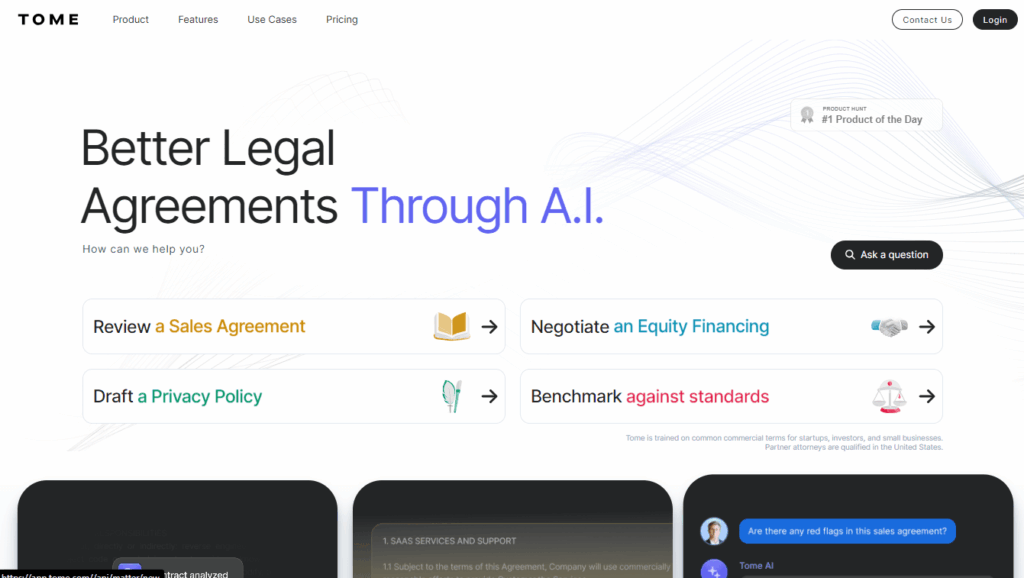
:
Tome isn’t just about slides — it’s about narratives. Its AI focuses on building a compelling flow for your presentation. Give Tome a single prompt like “Create a 12-slide pitch deck on sustainable coffee brands”, and it outputs slides with a clear story arc, visuals, and text.
Detailed Features:
- AI Story Engine: Generates slides that follow logical storytelling principles (problem → solution → benefits).
- AI Image Generator: Integrated visuals powered by diffusion models.
- Embeds: Pull in live charts, Figma files, or product demos.
- Responsive Output: Decks look great on web, desktop, or mobile.
Business Use Cases:
- Startups making investor pitches.
- Marketing teams crafting quick campaign overviews.
- Educators building narrative-led lecture decks.
Pros: Fastest way to turn ideas into stories, flexible embeds.
Cons: Less control over advanced formatting.
Pricing: Free starter; Paid from $8/month.
3. Canva Magic Design – AI Power Inside a Creative Giant

Canva is already the world’s most popular drag-and-drop design tool, but with its AI feature, Magic Design, it becomes a powerhouse for presentations. Type in your topic, and Canva generates a draft deck, complete with visuals, fonts, and layouts.
Detailed Features:
- Magic Design: AI-generated slides from text prompts.
- AI Copywriting: Suggests headlines, captions, and slide notes.
- Brand Kit: Ensures on-brand colours and fonts.
- Stock Library: Millions of photos, icons, and graphics.
- Collaboration: Teams can edit in real time.
Business Use Cases:
- Marketing agencies creating pitch decks with strong visuals.
- Freelancers delivering branded reports.
- Small businesses who need professional slides fast without hiring designers.
Pros: Unlimited creative flexibility, massive template library.
Cons: May feel overwhelming due to so many options.
Pricing: Free version; Pro plan $12.99/month.
4. Pitch – Startup-Friendly Collaboration Tool
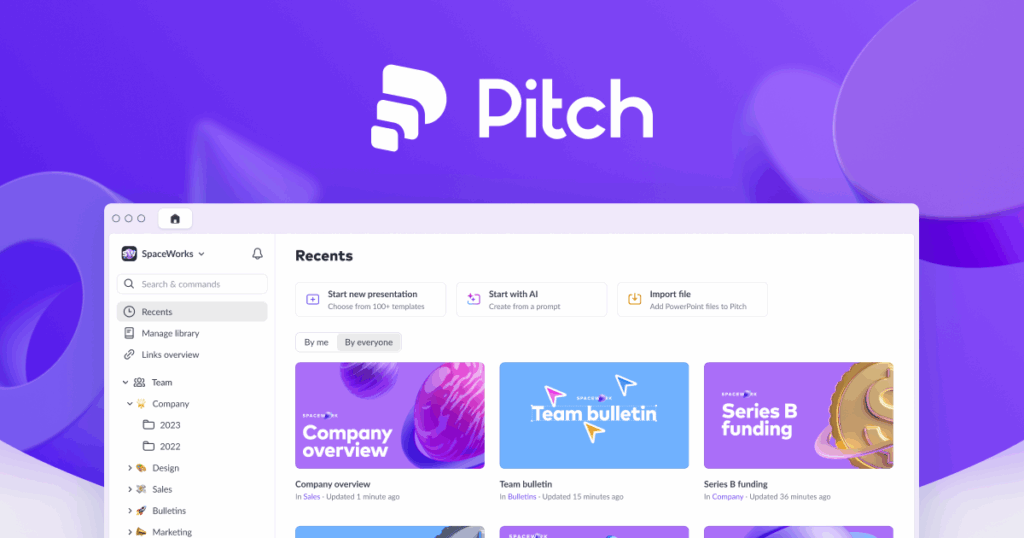
Pitch was designed with startup teams in mind. It combines templates, collaboration, and analytics in a modern UI. It’s not just about creating slides — it’s about building, sharing, and iterating on decks as a team.
Detailed Features:
- AI Deck Generation: Quickly generate presentations based on prompts.
- Templates: Startup pitch and investor deck-focused templates.
- Live Collaboration: Multiple users editing at the same time.
- Analytics: Tracks engagement when decks are shared with investors or clients.
- Integrations: Works seamlessly with Notion, Slack, and Google Drive.
Business Use Cases:
- Startups preparing fundraising pitches.
- Tech companies doing quarterly updates.
- Agencies sharing client strategies.
Pros: Built for collaboration, analytics for deck performance.
Cons: Limited compared to Canva in terms of creative assets.
Pricing: Free plan; Pro $10/month.
5. Visme – Data-Driven Presentation Builder
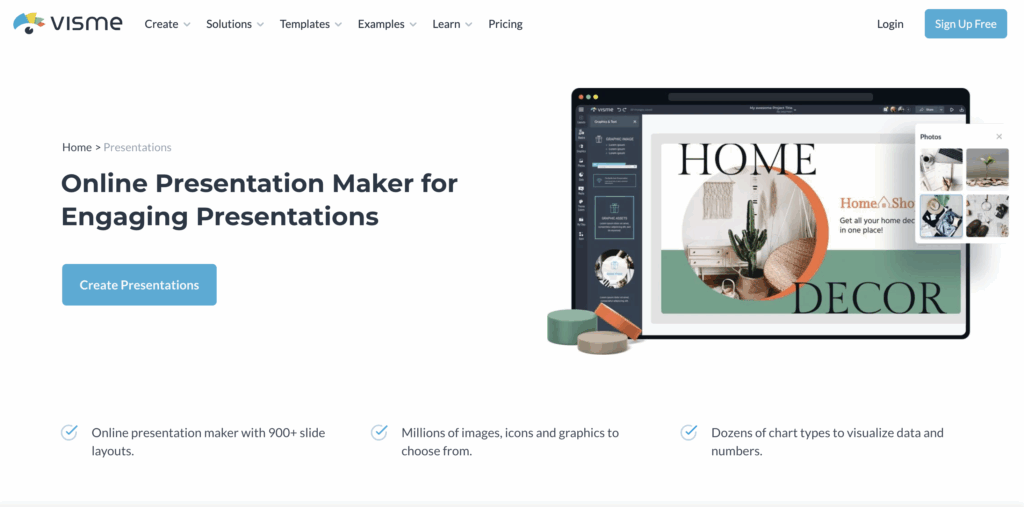
Visme is more than just a presentation tool — it’s a data storytelling platform. While it allows text-to-slides, its real strength lies in creating infographics, dashboards, and visual reports for business presentations.
Detailed Features:
- Data Widgets: Interactive graphs, maps, and charts.
- AI Copy Generator: Creates summaries, headlines, and bullets.
- Brand Management: Apply brand kits for consistency.
- Interactivity: Add clickable links, videos, and quizzes.
- Templates: Ready-made industry-specific templates.
Business Use Cases:
- Corporate teams creating annual reports.
- Sales teams visualising data for client pitches.
- Educators building interactive class material.
Pros: Strong for data visualisation, interactive reports.
Cons: Heavier learning curve than Canva.
Pricing: Free limited plan; Standard $15/month; Complete $29/month.
6. Microsoft Copilot for PowerPoint – AI in the Enterprise

Microsoft PowerPoint remains the most widely used presentation software, and with Copilot, it now has AI superpowers. For businesses already using Microsoft 365, Copilot integrates directly to speed up slide creation.
Detailed Features:
- AI Text-to-Slides: Convert Word docs into complete slide decks.
- Designer Suggestions: Automatic layout and design improvements.
- Speaker Coach: AI feedback on pacing and clarity.
- Data Integration: Pulls directly from Excel for charts and graphs.
- Enterprise Security: Built with corporate compliance in mind.
Business Use Cases:
- Large enterprises standardising training and sales decks.
- Finance teams converting spreadsheets into visuals.
- Managers creating internal reports.
Pros: Seamless for existing PowerPoint users, enterprise-grade security.
Cons: Less innovative design compared to startup tools like Tome.
Pricing: Included in Microsoft 365 subscriptions.
📊 Comparison Table (Condensed Example)
| Tool | Best For | Strength | Pricing | Weakness |
|---|---|---|---|---|
| Beautiful.ai | Business decks | Smart design automation | $12/mo | Limited creative freedom |
| Tome AI | Storytelling & startups | AI narrative flow | $8/mo | Less formatting control |
| Canva AI | General users & teams | Templates + AI design | $12.99/mo | Can feel overwhelming |
| Pitch | Startups & agencies | Collaboration + analytics | $10/mo | Fewer creative assets |
| Visme | Data-driven reports | Data visualisation | $15/mo | Steeper learning curve |
| Microsoft Copilot | Enterprises | Excel → PowerPoint AI | In 365 | Conservative design style |
Future of AI in Presentations
- Hyper-personalisation: Decks tailored to each audience with one click.
- Real-time assistance: AI co-presenters providing on-the-spot data.
- Voice-to-deck: Speak your idea → get a full presentation.
- AR/VR integration: 3D and immersive presentations.
Conclusion
AI is changing presentations from static slides into dynamic, interactive storytelling platforms.
- For startups, Tome and Pitch deliver speed and collaboration.
- For corporates, Microsoft Copilot and Beautiful.ai keep presentations professional and branded.
- For data-heavy teams, Visme is unmatched.
- For creativity + simplicity, Canva AI remains king.
👉 The best strategy? Try 2–3 tools, explore their free plans, and adopt the one that fits seamlessly into your workflow.

